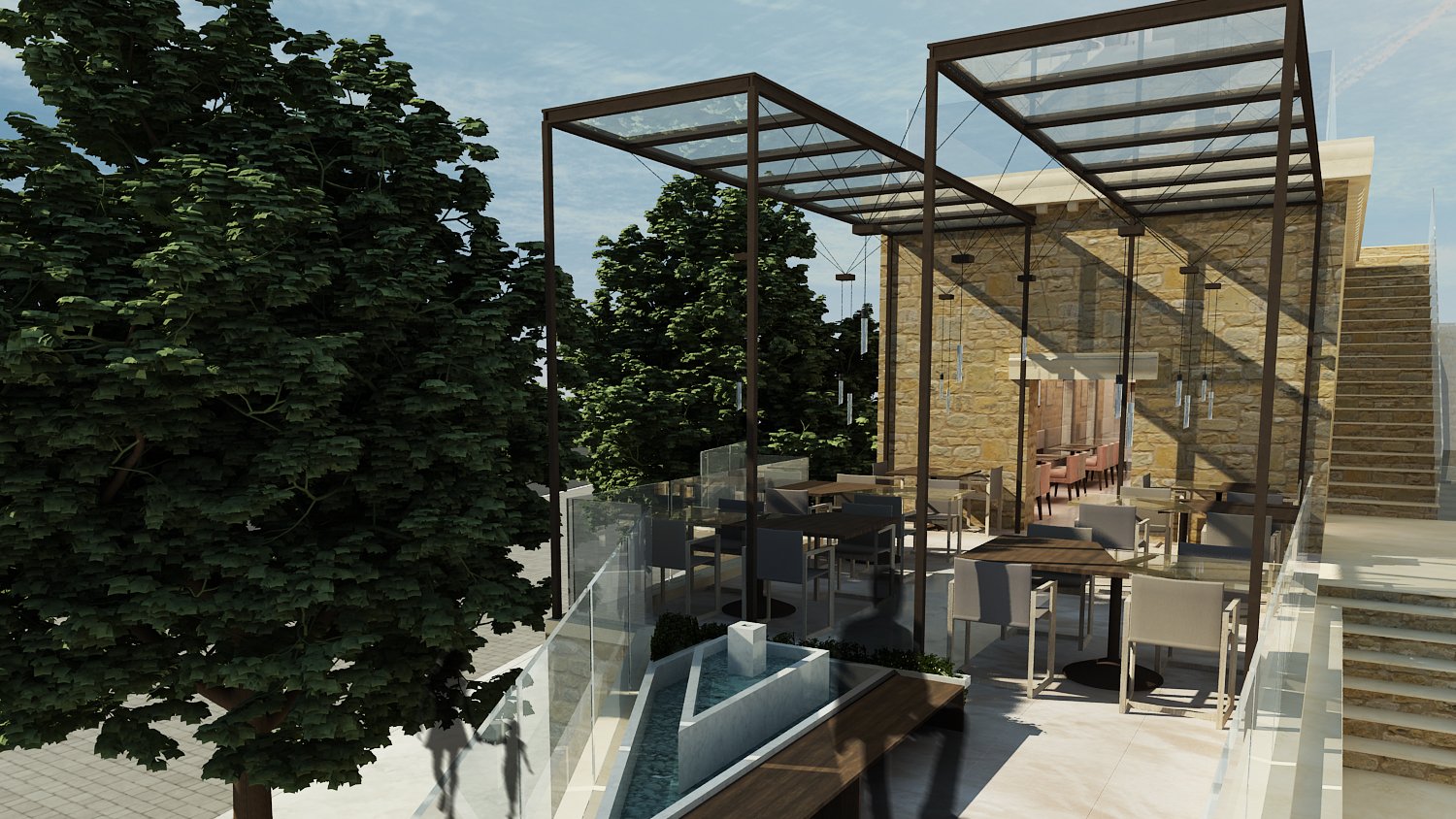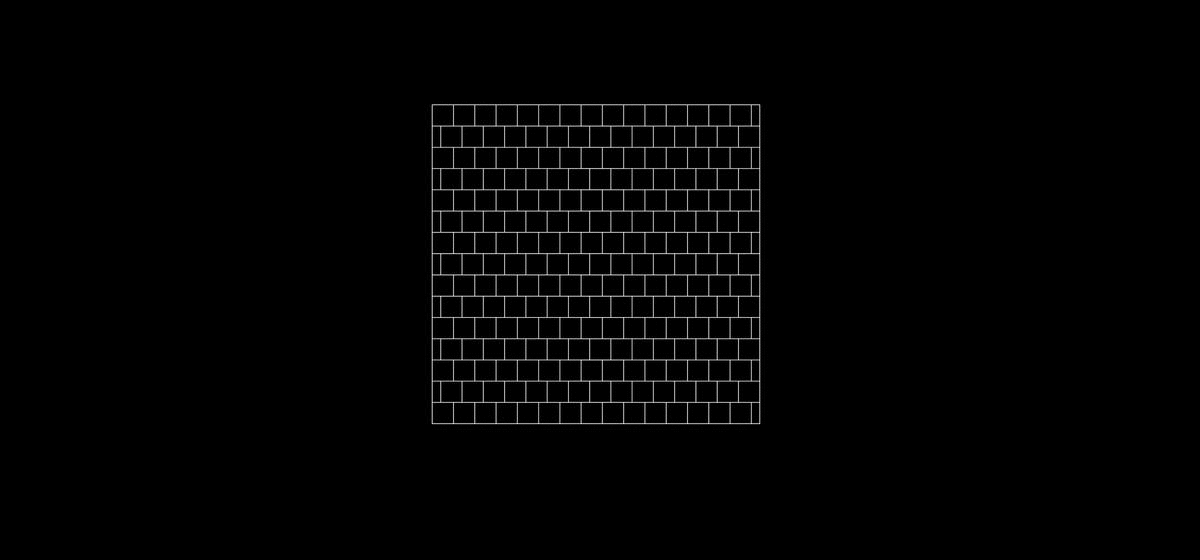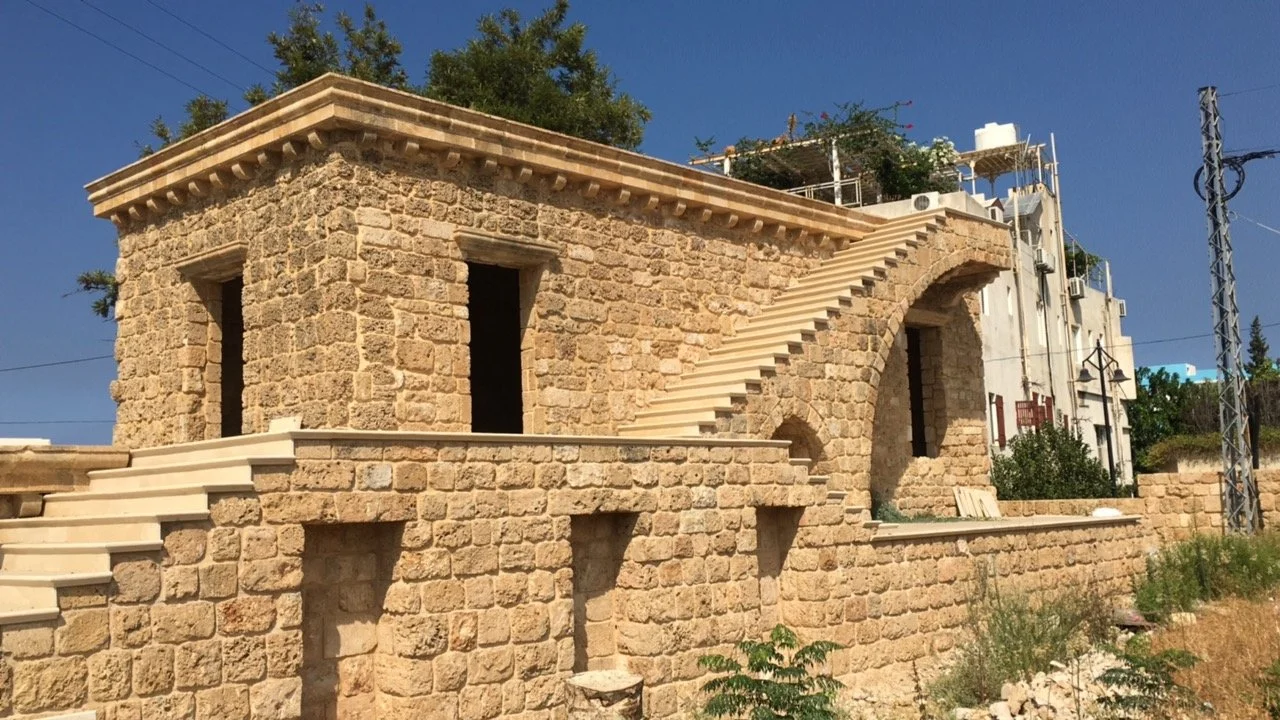INTERIOR ARCHITECTURE
SANDSTONE
UNIVERSITY PROJECT
This project involved transforming a historical building in Byblos, Lebanon, dating back to the Ottoman dynasty (1970), into a diner while preserving its rich, multi-layered archaeology spanning from the Phoenician (600 BC), Roman (1st–2nd century), and Byzantine (4th–5th century) periods.
Byblos is known for its diverse architectural history, with each era using beige sandstone, a locally abundant material that dates back to ancient times. Sandstone, formed by weathering and transported by water, wind, or ice, has been integral in the region’s development. The Phoenicians were also pioneers in creating transparent glass from heated sand.
Today, Byblos is a thriving modern town that retains its ancient charm, where stone architecture has given way to a wealthier landscape filled with glass-fronted buildings and bustling streets, blending tradition and modernity.
LAU
my concept consisted of representing a transition from past to present through blowing glass.
The added element to the old building represents how the ancient architectural style have been fading into modernity.
This added part embodies a sandstone that has been loosing its particles turning into glass.









